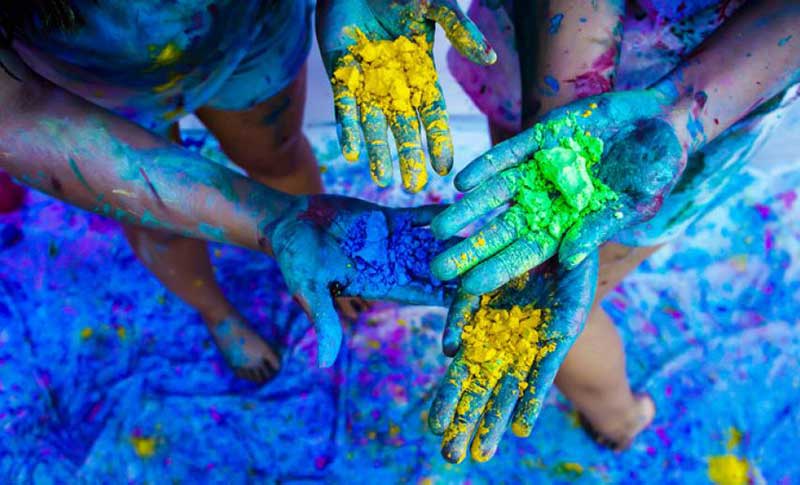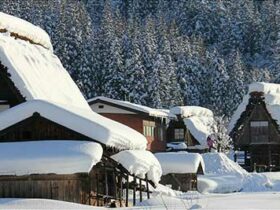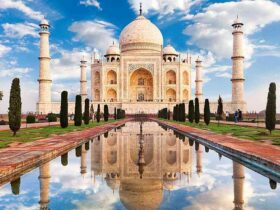Holi, the Festival of Colors, is a vibrant and joyous celebration that holds deep cultural significance in India. This annual event is not only a riot of colors but also a celebration of unity, love, and the triumph of good over evil. Let’s dive into the rich traditions, cultural importance, and the exuberant spirit of Holi.
Introduction to Holi
Holi, also known as the Festival of Colors, is an ancient Hindu festival celebrated with unparalleled zeal and fervor. It usually falls on the full moon day in the month of Phalgun (February or March) according to the Hindu calendar. This lively festival marks the arrival of spring and bids farewell to the cold winter.
The Mythological Significance
Holi’s roots are deeply embedded in Hindu mythology. The most famous tale is that of Prahlada and Holika, showcasing the victory of virtue over vice. Prahlada’s devotion to Lord Vishnu protected him from the fire that consumed his evil aunt Holika, hence the tradition of lighting bonfires on the eve of Holi.
Pre-Holi Preparations
Days before Holi, excitement fills the air as people prepare for the festivities. Homes are cleaned and adorned, and markets brim with a kaleidoscope of vibrant colors and fragrant flowers. Families and friends gather sweets, water balloons, and natural color powders known as “abir.”
Holika Dahan: Lighting the Bonfire
The eve of Holi sees the lighting of bonfires known as Holika Dahan. This ritual symbolizes the victory of good over evil and is a time for communities to come together, sing, dance, and offer prayers while the fire crackles.
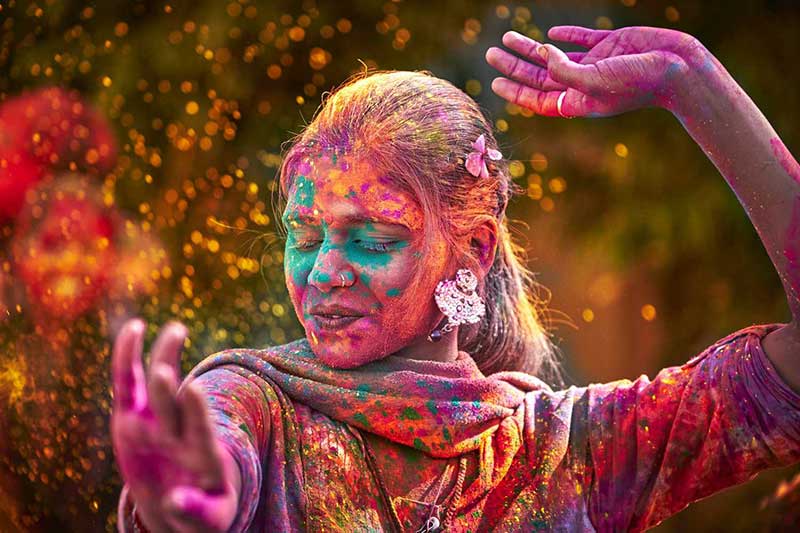
Playing with Colors and Abir
Holi’s essence lies in the playful throwing of colors and abir. People of all ages take to the streets, smearing each other with vibrant hues. This act not only bridges differences but also signifies the universal nature of joy.
Traditional Sweets and Treats
No Indian festival is complete without indulging in mouthwatering sweets. Gujiyas, malpuas, and thandai are among the delectable treats that are shared during Holi, strengthening bonds and spreading sweetness.
Music, Dance, and Festive Spirit
Holi is incomplete without music and dance. People dance to the beats of traditional and modern songs, letting loose in the spirit of the festival. This energetic celebration fosters unity and a sense of freedom.
Eco-Friendly Celebrations
In recent years, there has been a growing awareness about the environmental impact of Holi. Many are now opting for eco-friendly, natural colors to protect the environment and one’s own health.
Holi Around India
While Holi is celebrated nationwide, different regions have unique ways of observing it. In Mathura and Vrindavan, the celebrations are especially grand due to their association with Lord Krishna.
Discover the Magnificent Catedral Metropolitana de la Asunción de María
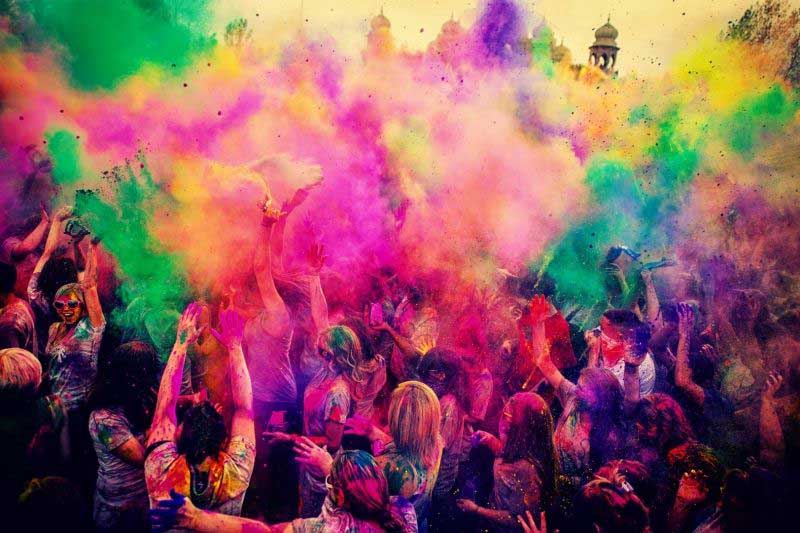
Holi-Inspired Art and Literature
Holi’s exuberance has inspired countless artists, writers, and poets. From classical paintings to modern literature, the festival’s vibrancy has found expression in various forms of art.
Capturing the Moments: Photography during Holi
The kaleidoscope of colors and the raw emotions during Holi provide photographers with a captivating subject. Capturing candid moments during the festival results in photographs that tell stories beyond words.
Safety Measures during Holi
While Holi is a celebration, it’s important to observe safety precautions. Using natural colors, protecting the eyes, and being mindful of others’ boundaries are essential for a joyful and safe experience.
Holi’s Global Presence
Holi’s appeal has transcended borders and cultures. Many countries now host Holi-themed events, allowing people from diverse backgrounds to partake in the festivities and experience the Indian culture.
The Evolution of Holi: Modern Trends
Holi has evolved over time, embracing contemporary trends while retaining its cultural roots. Events like music festivals and color runs have given Holi a modern twist, attracting a younger audience.
Conclusion
Holi, with its kaleidoscope of colors, cultural significance, and festive spirit, is a testament to the rich tapestry of India’s traditions. As people join in the revelry, they not only celebrate the victory of good over evil but also create lasting memories of unity and joy.
Frequently Asked Questions (FAQs)
Is Holi only celebrated in India?
Holi’s popularity has spread beyond India, and it is now celebrated in many countries around the world.
What is the significance of the bonfire in Holi celebrations?
The bonfire, known as Holika Dahan, symbolizes the victory of good over evil and the triumph of virtue.
Are the colors used during Holi safe for the skin?
Using natural and eco-friendly colors is recommended to ensure skin safety and environmental consciousness.
How does Holi promote cultural unity?
Holi’s tradition of smearing colors erases barriers of caste, creed, and social status, promoting unity and equality.
How has modernization influenced Holi celebrations?
Modern trends like music festivals and color runs have added contemporary flair to the traditional Holi celebrations, attracting a wider and younger audience.







